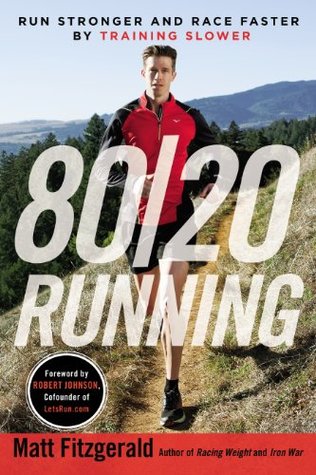As I mentioned above, the farther a person runs, the more fitness-boosting IL-6 his muscles release, while the fitter a person becomes, the less IL-6 the muscles release in a run of any given distance. A beginner may produce enough IL-6 in a slow thirty-minute run to stimulate positive adaptations, whereas an experienced runner may not. To stimulate further adaptations, this second runner will need to run farther, but she need not run faster—in fact, running faster won’t help in this instance because, as we saw above, IL-6 release is affected by the duration of running more than the speed.
Welcome back. Just a moment while we sign you in to your Goodreads account.


